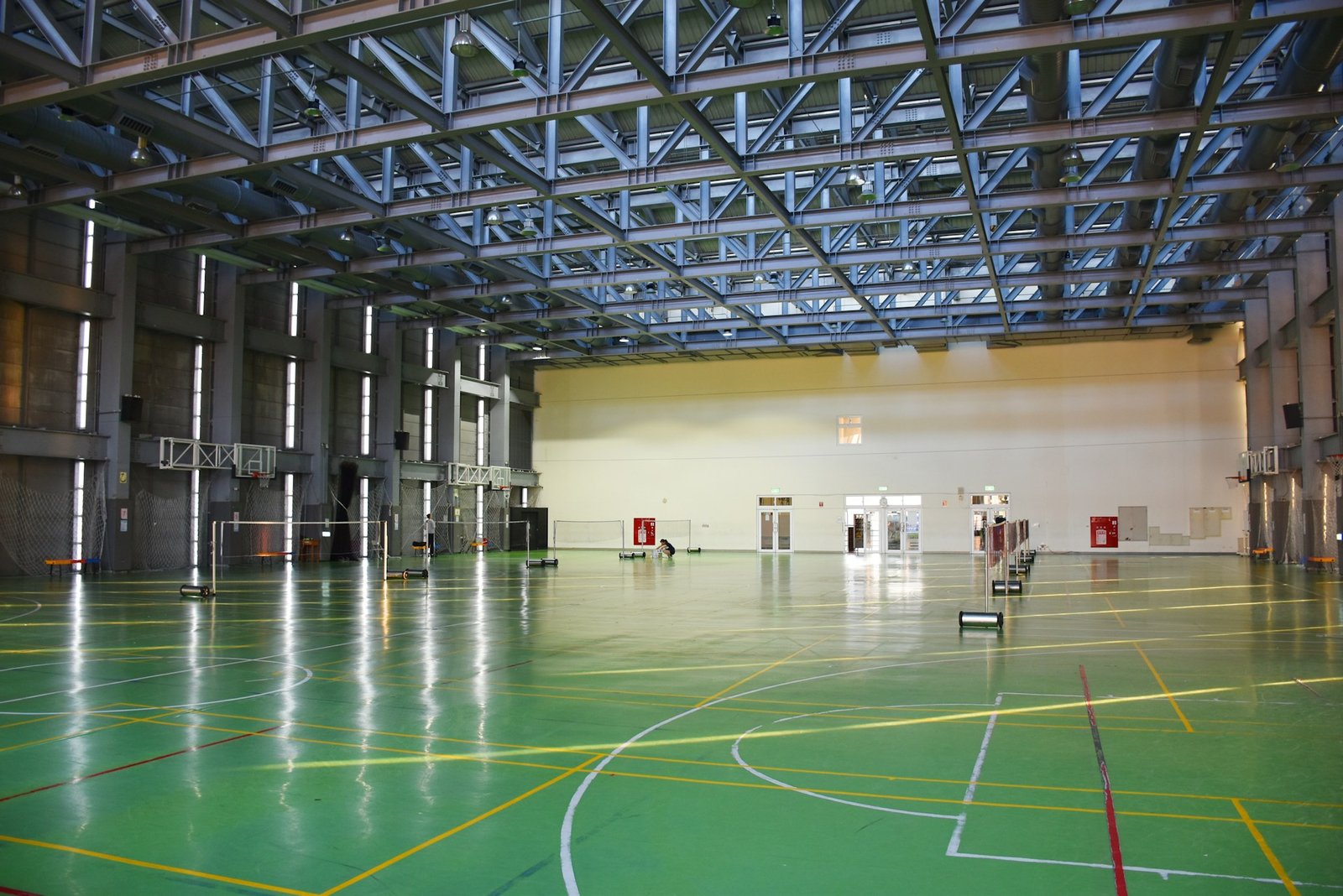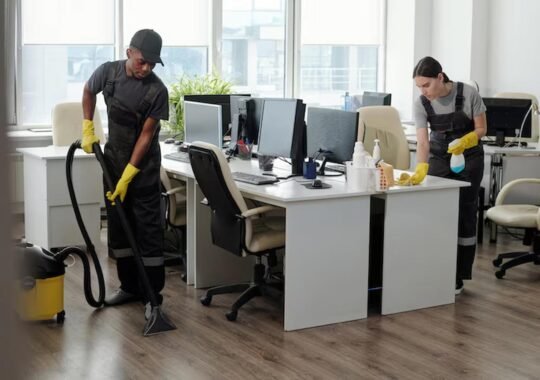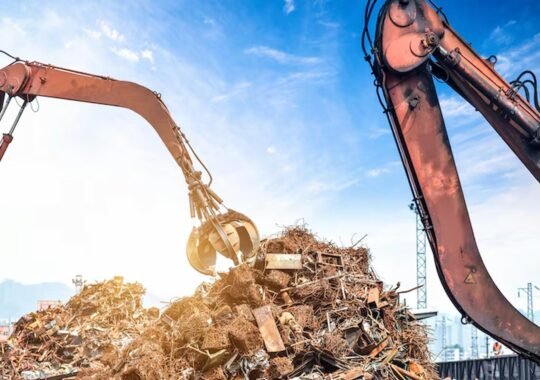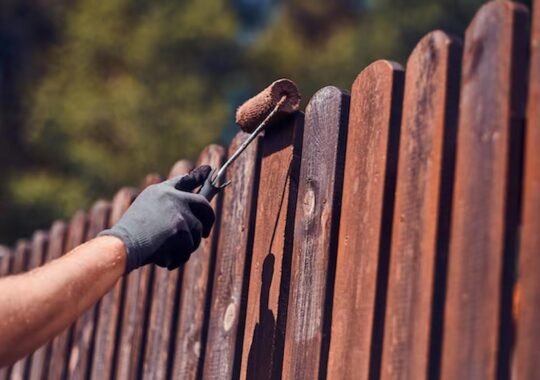Table of Contents
- Introduction to Gymnasium Flooring
- Importance of Safety in Gym Flooring
- Types of Gymnasium Flooring
- Hardwood Floors
- Vinyl and Rubber Options
- Factors to Consider When Choosing Gym Flooring
- Durability
- Maintenance
- Cost
- The Role of Gym Flooring in Athletic Performance
- Sustainable and Eco-Friendly Gym Flooring Options
- Advances in Flooring Technology
- Expert Tips for Installation and Maintenance
- Conclusion
Introduction to Gymnasium Flooring
Gymnasium flooring is integral to the foundation of any sports facility. It does not merely serve as a surface for activities; it defines the essence of athletic performance and safety. Factors such as selecting the correct type of flooring and gymnasium flooring installation are crucial to creating a thriving athletic environment. Poor choices can lead to increased injuries, diminished athletic performance, and more significant long-term costs. The importance of high-quality flooring cannot be overstated—its impact is wide-ranging, from influencing the reputation of a sports facility to affecting the experiences of every athlete who uses it.
The implications of flooring decisions extend beyond today’s needs. With advancements in sports technologies and increasing demands on facilities, the decisions made now will affect their future adaptability and economic sustainability. Investing time and resources in understanding is an investment in future-proofing the facility.
Importance of Safety in Gym Flooring
At the core of gym flooring decisions is safety. The right floor significantly reduces the risk of injuries. Athletes need a surface that absorbs impact, prevents slipping, and maintains integrity under stress. Safety features incorporated into flooring can mean the difference between avoiding injuries and facing constant medical issues and reputational damage. The design of safe gym flooring aligns with a facility’s duty of care to its users, mitigating injury risks while enhancing overall athletic performance.
Types of Gymnasium Flooring
Hardwood Floors
Hardwood floors have long been the standard in professional settings, particularly for basketball courts. Well-known for their durability and uniformity of bounce, hardwood floors present a professional, polished appearance that many facilities seek. However, this choice requires commitment. High maintenance is a hallmark need—regular refinishing is essential to maintaining their appearance and safety capabilities. Nevertheless, the investment pays off in settings where tradition and performance excellence align.
Vinyl and Rubber Options
Alternatives like vinyl and rubber flooring offer versatility and cost-effectiveness. Vinyl is valued for its cost-effectiveness and simplicity in upkeep, rendering it a favored option for versatile venues. Rubber, with its superior shock absorption and noise reduction qualities, accommodates a variety of activities and traffic levels. These materials are particularly beneficial in schools and community centers, where budgets and maintenance resources may be constrained. The balance of durability and affordability provided by vinyl and rubber options makes them attractive for facilities needing multi-use capabilities.
Factors to Consider When Choosing Gym Flooring
Durability
The importance of durability cannot be overlooked. Gym floors endure a lot—from foot traffic to heavy sports equipment and sometimes even non-athletic events. Choosing a durable material means the floor will maintain its functionality and appearance without frequent repairs. It saves on direct and indirect repair costs associated with facility downtime. A durable floor is an asset that retains its function and value over the long haul.
Maintenance
Maintenance is key to the longevity of gym flooring. Regular maintenance ensures safety and optimal performance while delaying the need for replacements. Floors that are easy to clean and repair allow facility managers to focus their efforts on other facility needs without constant worry about the condition of the flooring. Regular sweeping, cleaning, and preventive care significantly prolong the life of the gym floor, making it a cost-efficient choice in the long run.
Cost
Cost is a significant consideration in flooring decisions, encompassing initial installation and ongoing maintenance expenses. While some premium flooring options like hardwood might incur higher upfront costs, their long-term performance, safety, and durability benefits can offset these initial expenses. Balancing cost considerations with the flooring’s expected lifespan and performance needs results in smarter spending decisions.
The Role of Gym Flooring in Athletic Performance
The quality of gym flooring plays a crucial role in athletic performance. Floors that lack traction or cushioning can impede athletic performance and increase injury risks. A well-engineered floor supports the rigorous demands of sports, facilitating natural athlete movements without causing undue fatigue or injury. Proper flooring allows athletes to push their limits safely, thus enhancing overall performance.
Sustainable and Eco-Friendly Gym Flooring Options
In the face of growing environmental concerns, sustainable flooring options have become more relevant. These options reduce ecological footprints and often offer unique benefits. Using recycled and sustainable raw materials, eco-friendly floors conform to international initiatives aimed at fostering environmental sustainability while still delivering the robust performance and aesthetic value required by modern sports facilities.
Advances in Flooring Technology
Technological advancements have revolutionized gym flooring materials, offering superior shock absorption and moisture resistance. These innovative solutions are tailored to fulfill the evolving demands of sports facilities, providing higher safety standards and improved durability. Modern flooring technologies blend traditional performance metrics with new-age innovations, setting the stage for future developments in sports facility infrastructures.
Expert Tips for Installation and Maintenance
Proper installation is critical in harnessing the full benefits of gym flooring. Engaging experts ensures the flooring is laid correctly, optimizing its performance characteristics. Additionally, implementing regular maintenance routines extends the floor’s lifespan significantly. Measures such as moisture control, regular cleaning, and occasional professional inspections keep the flooring in prime condition, ultimately contributing to better athletic experiences and reduced long-term costs.
Conclusion
In the dynamic environment of sports facilities, choosing the right gymnasium flooring is a critical decision that affects safety, performance, and operational efficiency. By comprehensively understanding the options available and weighing factors such as durability, maintenance, and cost, facility managers can make informed decisions that serve current and future needs. With a thoughtful approach to this foundational aspect, the selected flooring will support countless athletes and events, cementing the facility’s status as a hub of athletic excellence and community engagement.





